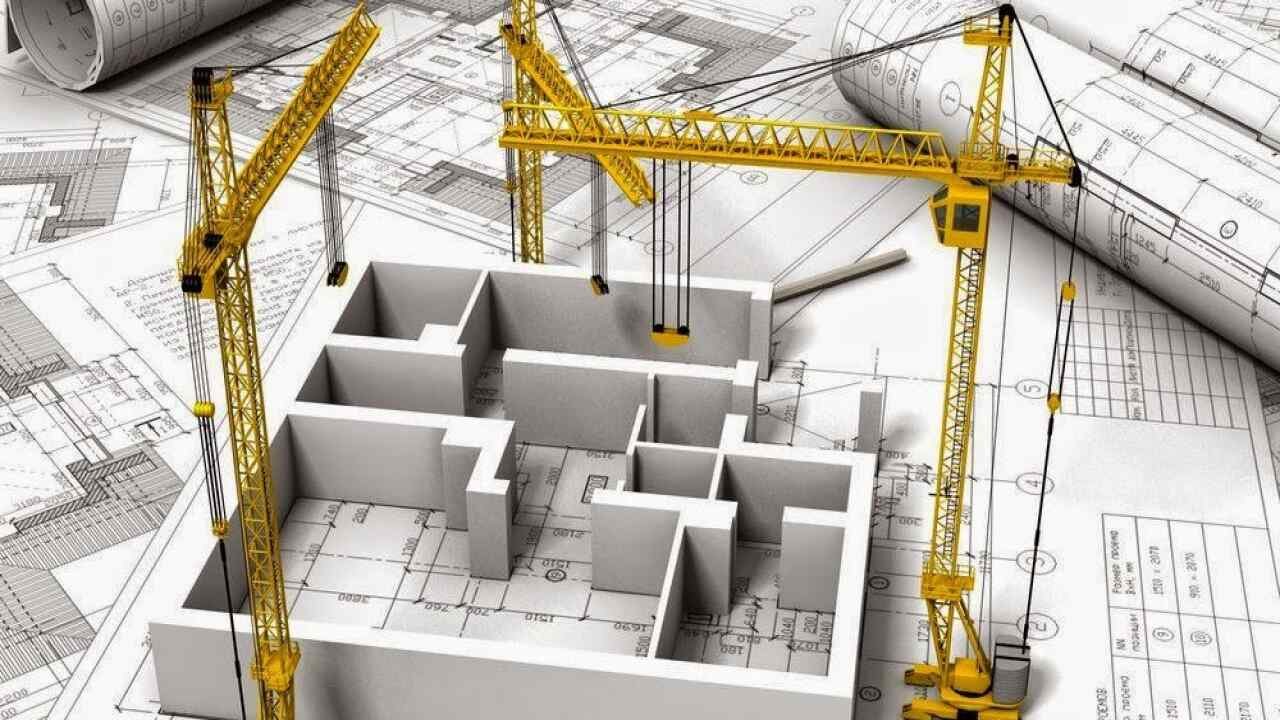What is the restoration and strengthening of concrete structures?
Rehabilitation and treatment targeting dilapidated structures or that suffer from various deficiencies, whether in the case of damage or cracks, and all factors that make the building lose its value, technical standards and safety standards.
The restoration and strengthening of concrete structures aims at partial or total treatment, structural or non-structural, of repair factors that vary according to the negative effects that permeate them, and the concerns that surround them from all sides.
Modern foundations contribute to strengthening the structures of facilities and liberating them from what disturbs them or threatens one of their contents.
Restoration and reinforcement of concrete structures (basic works)
Building restoration work
The methods of restoring and reinforcing concrete structures are represented mainly along several axes, as follows:
Restoration of the structural foundations: This is done by strengthening the bases of buildings with concrete blocks, whether they are ordinary or armed, and perhaps the most famous method used for this is digging under the foundation and then placing the components, which increases the possibility of loading it.
Column restoration: It depends on the pillars’ support with layers of concrete or rough, metallic or reinforced surface with an estimated amount of at least ten square centimeters.
Bridge restoration: By reinforcing the thickness of concrete or providing iron slats to allow increased loads on it, we discuss below the foundations of modern restoration that depend on it.
Reasons for the restoration and strengthening of concrete structures
Modern restoration foundations depend on many goals, which vary to meet different customer requirements, and include the following:
Therapeutic restoration: It is used in the event of various types of cracks, and is an effective solution to combat iron corrosion, as well as to support, strengthen and strengthen buildings.
Renovation for renovation reasons: Many clients who frequent large design offices do not suffer from any defects, cracks or other defects in their facilities or buildings, but they aspire to keep pace with the remarkable development of unique modern architectural designs.
Renovation to increase the floors: work to support the building, and increase its resistance and endurance, in order to increase the number of floors.
Restoration of archaeological buildings: It is an expensive restoration process, because it is used in archaeological facilities that need to preserve their archaeological value throughout the ages.
Repair of impermeable fissures
Small cracks that do not extend to the depths of the concrete are treated by painting with low viscosity epoxy that seeps into its folds, taking into account the necessity of the clean and dry concrete surface.
Repair of windows and horizontal cracks
This type of small cracks is treated by following the strategy of expanding it from the top by no less than five millimeters, cleaning it from the concrete plankton, drying it well and then pouring the epoxy in its folds.
Deep fissure repair
One of the modern methods of repairing cracks, whether horizontal or vertical, confined to one side or extending to the other side according to air pressure, widening and deepening it by about 2 cm and injecting it with epoxy.
Large crack repair
The crack is cleaned well of plankton, by the effect of air pressure, then fills the gaps with the appropriate cement mortar, and then wets the surfaces well.
Repairing cracks in structures (one of the foundations of modern restoration)
Cracks are treated in buildings by preparing the crack in a (V) shape, then purifying it from impurities by the effect of air pressure and moistening it with water, then coating the internal surfaces with Adibond 65 and strengthening it with Confess mortar (2F).
Reasons for evaluating facilities
Testing and evaluating structures helps us judge the safety of the structure and detect faults at an early stage, which protects the restoration and strengthening of concrete structures lives, saves money and prevents all cracks that occur in the early stages, and this requires a periodic inspection system for facilities and knowledge. Among the defects that resulted from the following cases:
- When implementation problems arise.
- When the process contractor changes to a facility under construction.
- When purchasing an existing install.
- Amending the use of an existing facility (residential/administrative).
- Structural and architectural modifications to existing facilities.
- Lift an existing structure.
- Reinforcement of elements of an existing structure that appears to be defective.
- Bug fix.
- Construction and periodic maintenance of the facility.
Skills and Experience Required for Original Testers
Structure testing and detection of suitability and defects shall be carried out by a structural engineer with sufficient experience in this field and who has the ability to:
- A general description of the asset and its current condition.
- Describe the loading conditions and the environment surrounding the installation.
- Determine the materials used in the examination process.
- Determining the implementation methods necessary to control the origin.
- The ability to correctly diagnose the original condition.
- Familiarity with the forms and explanations of defects, cracks of various structural elements and their causes.
- Ability to assess the feasibility of repair and prepare a comprehensive technical report.
- Thorough knowledge of repair and reinforcement materials.
A quick facility inspection includes the following:
Dialogue with the client and users of the building.
Visual examination of the origin.
Comprehensive facility inspection, including:
- Full review of the original.
- Review implementation plans and documents.
- Measure the width and depth of the incisions, if possible.
- Conduct field and lab tests for concrete components, strength, and rust potential.
Various types of reinforcement and restoration materials for concrete structures
Adequate selection of materials to be used in repair or protection works on a concrete structure is of great importance to the quality and durability of this work, in particular:
- polymer materials
- resins
- cement materials
- Cement materials with additives
- Cement Polymer Concrete
- surface protection materials
- Sand and cement mortar with polymer additives to increase cohesion
- Sand-cement mortar with polymer additives to improve mechanical properties
- Cement-sand mortar without shrinkage
- resin mortar
- Surface treatment and pore closure materials
- crack injection materials
- Old and New Concrete Cohesion Materials
- plant ash material
- exterior concrete paints
- Additional units


Share
- Comments